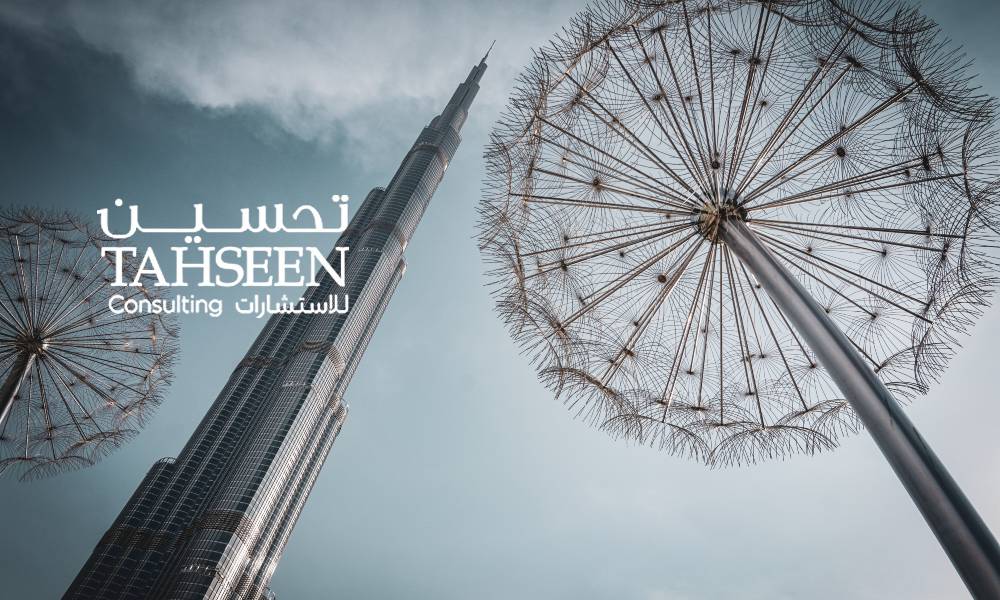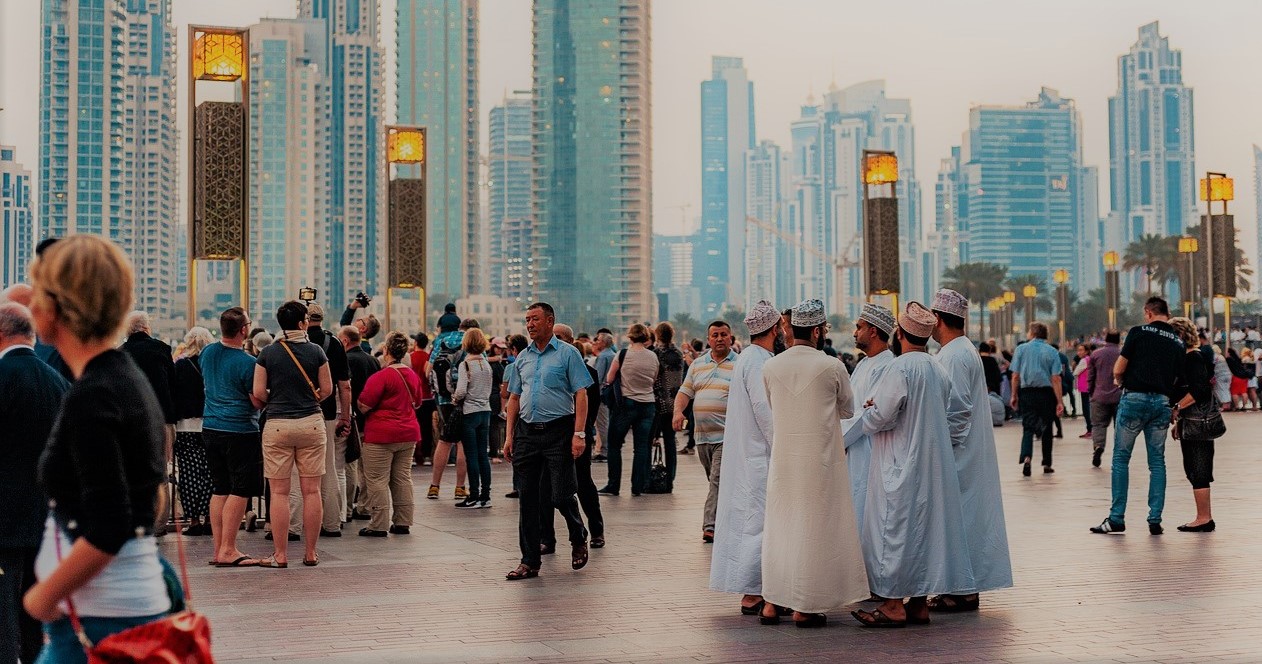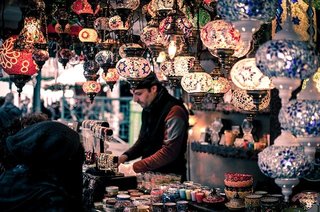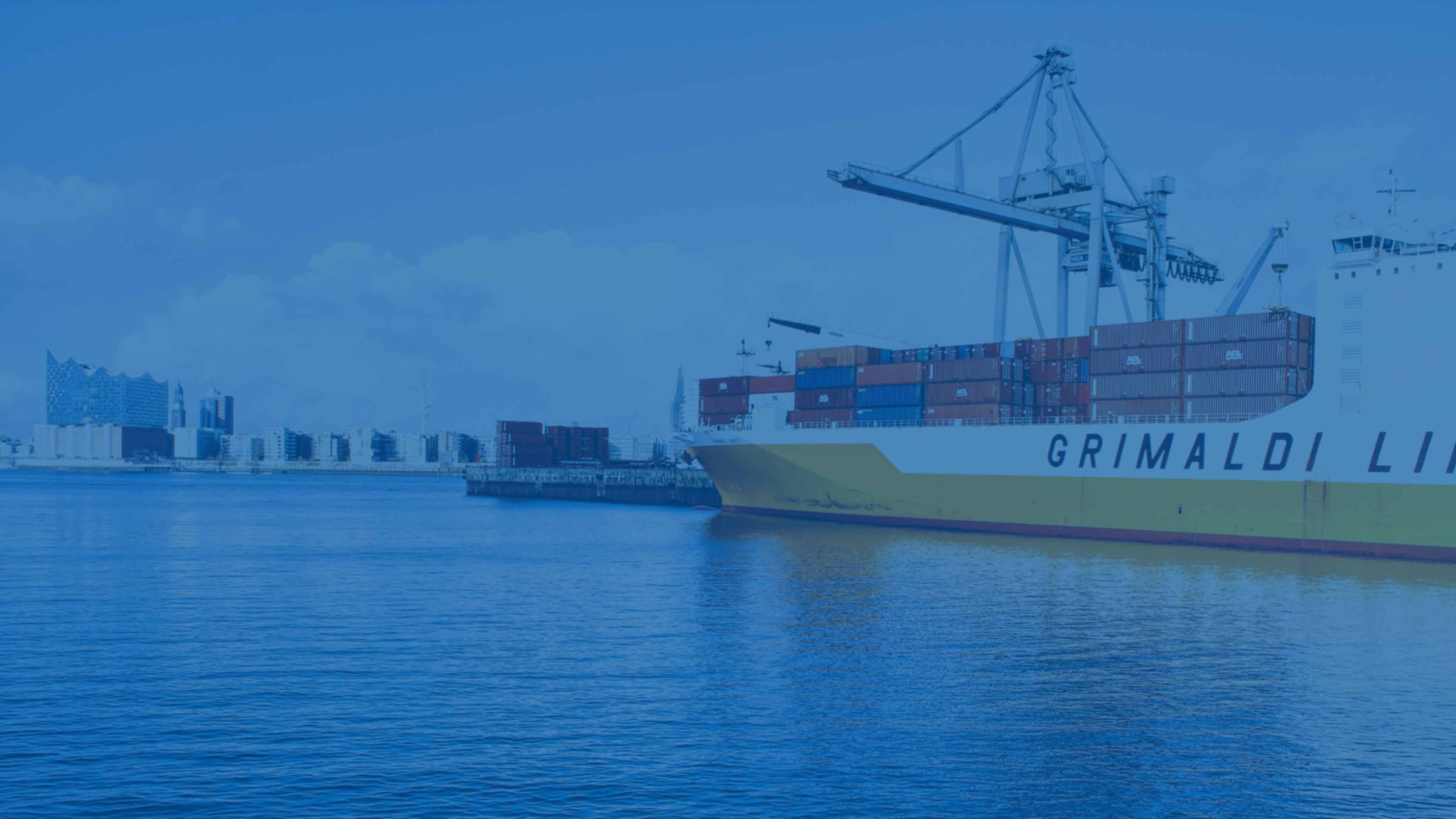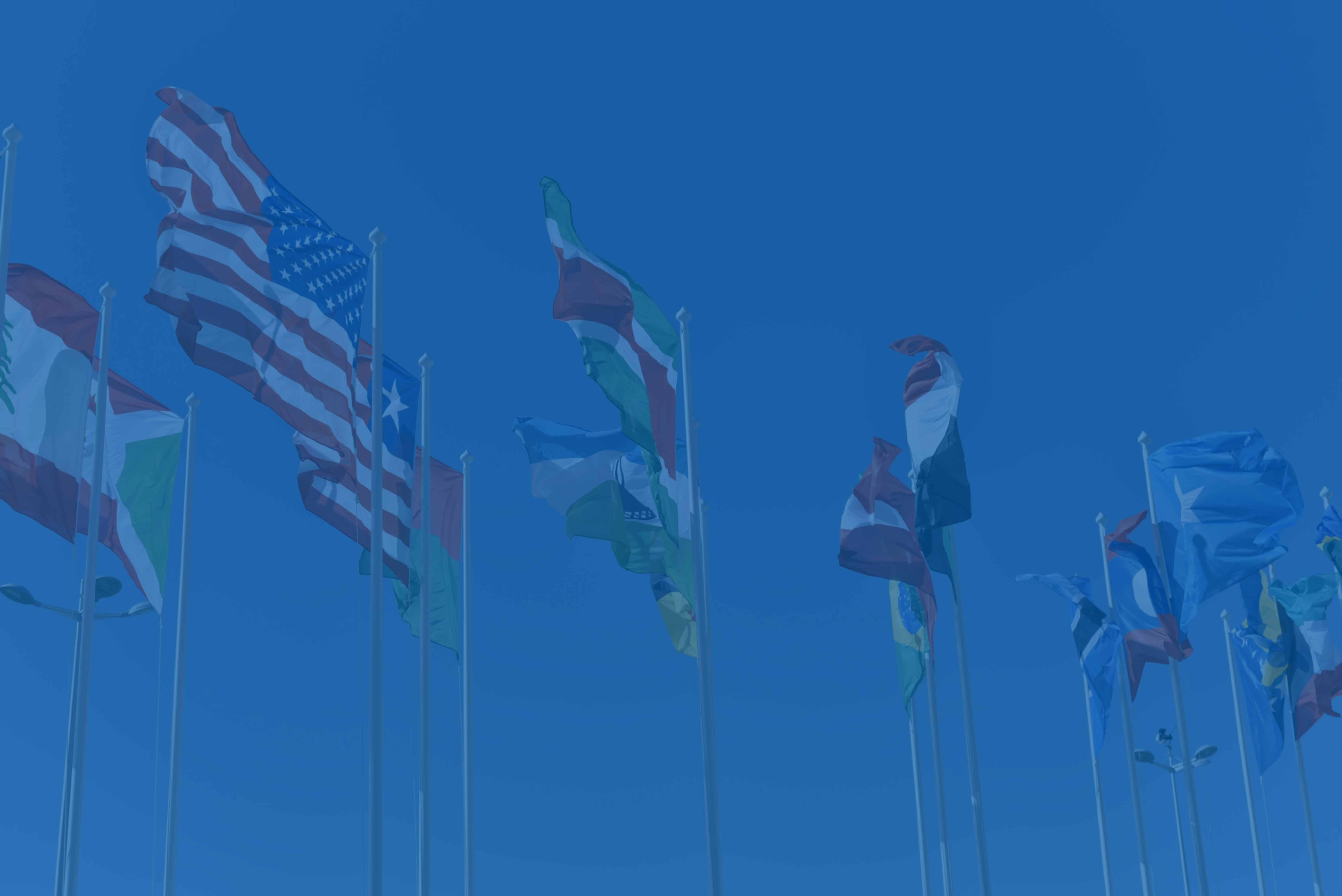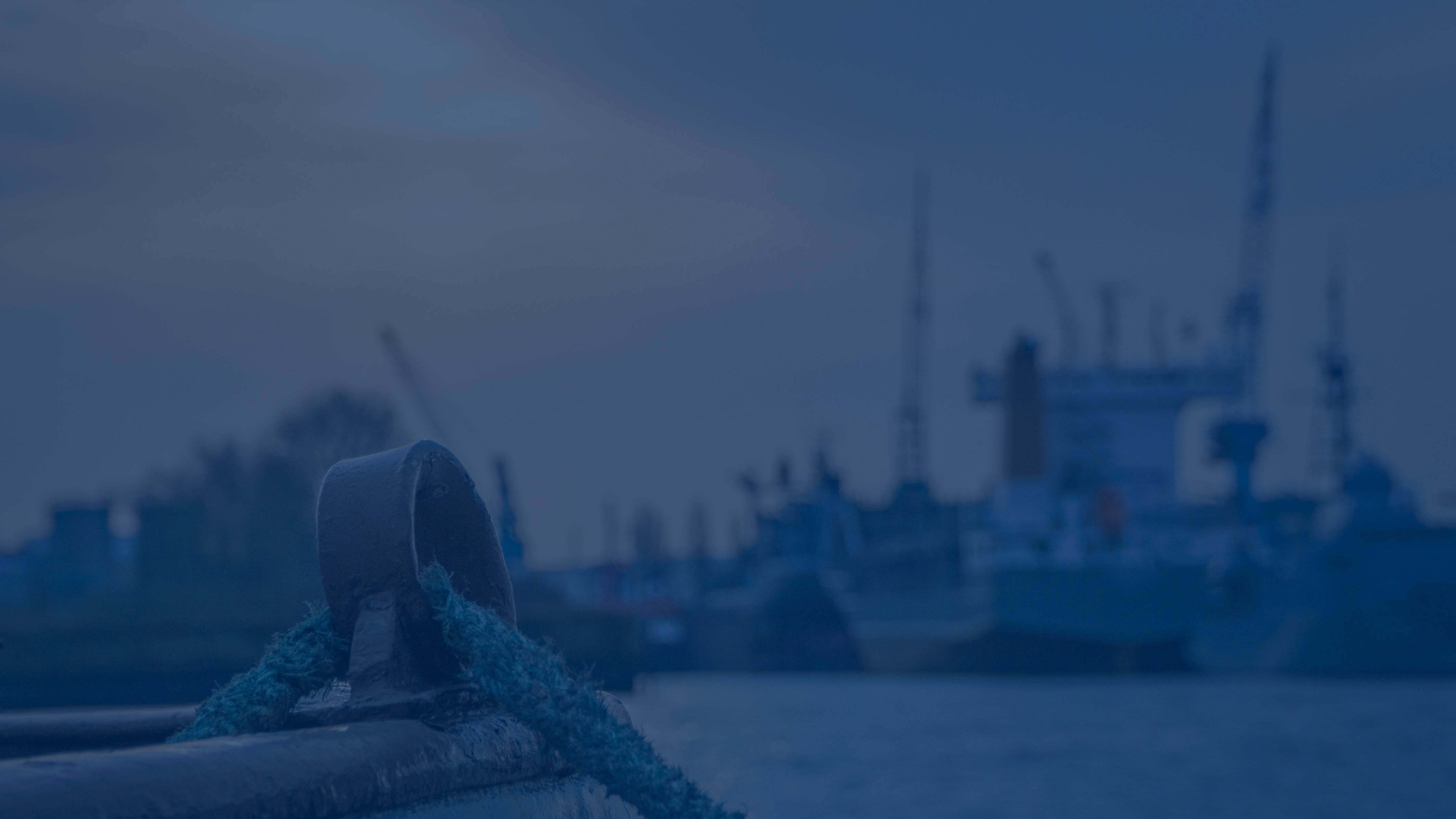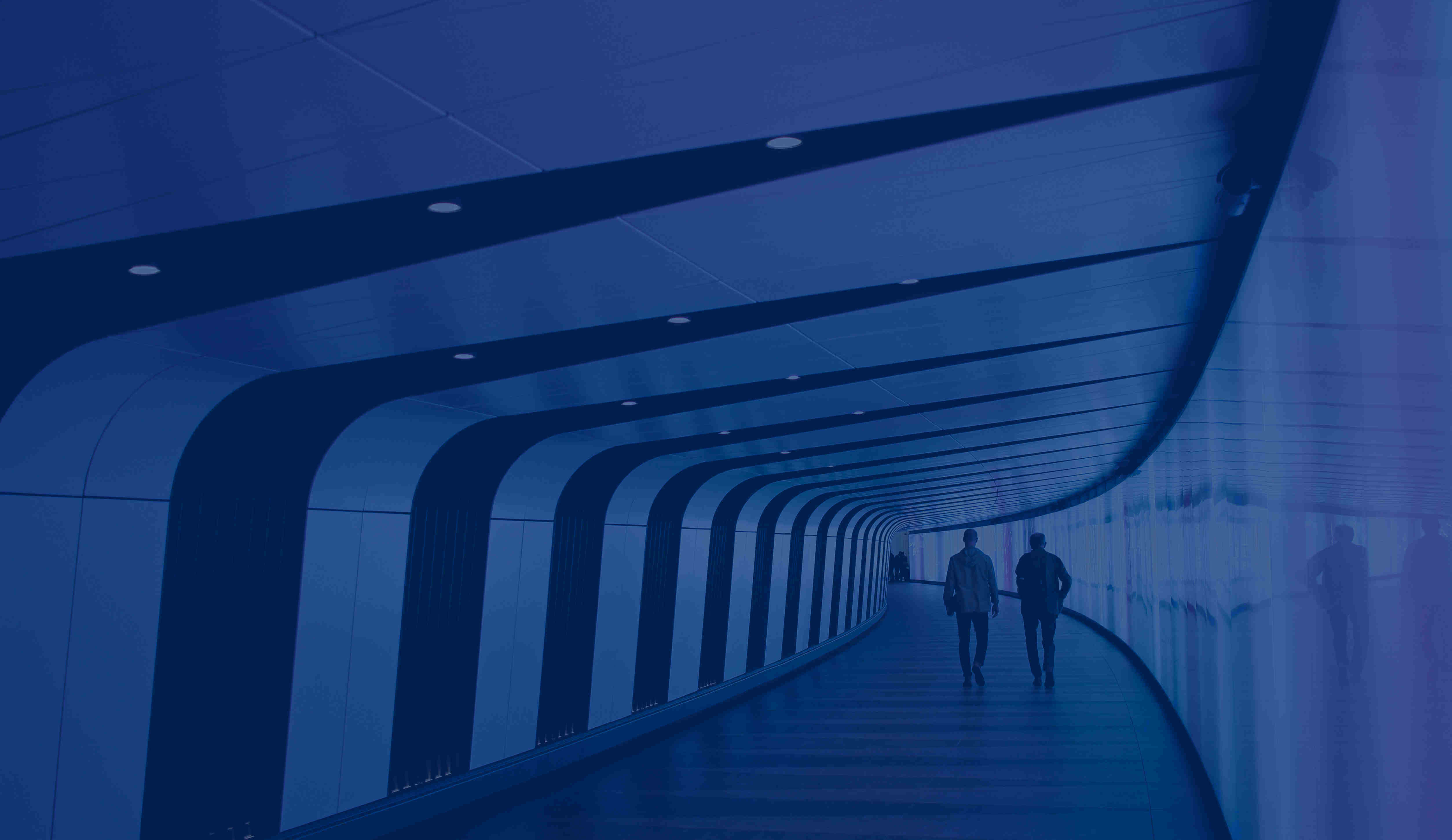Emirates Global Aluminium drives the UAE's industrial ambitions
- EGA is responsible for producing almost half of the aluminium produced in the Gulf Cooperation Council and 4% of the world's total aluminium production
What are the driving success factors that led EGA to become one of the world’s largest aluminium companies?
In 2013 when the businesses of Dubai Aluminium (DUBAL) and Emirates Aluminium (EMAL) were combined to form Emirates Global Aluminium (EGA), the UAE was pursuing what is known as a governmental policy of promoting “national champions.” While governments around the world debate the role of government in industrial policy, many are pursuing industrial development policies that favor one domestic corporation which is initially focused on domestic success and, once it reaches a suitable level of maturity, then pivots to a business strategy that advances the interests of the nation on a global level. The UAE Government’s support for EGA is similar to Mubadala’s support for Strata in growing the aerospace MRO and parts manufacturing segments. A key difference being that EGA benefits from both the visionary leadership of Dubai through the ownership involvement of the Investment Corporation of Dubai as well as the shrewd strategic execution of Mubadala.
Initially EGA focused on aluminium production, but over time it has pursued a vertical integration strategy which has enabled it to control key upstream and downstream segments of its value chain including bauxite mining, aluminium smelting, and alumina refining. Now EGA’s business has reached such a scale that it is amongst the five largest aluminium producers in the world and is in the position to attract and step up its investments in downstream manufacturing and ancillary businesses related to aluminium smelting and alumina refining. EGA is also one of the few UAE corporations with a strong focus on R&D. So, while at the same time it is focused on global growth, it is also advancing home grown innovation through domestically-driven research and development aimed at reducing reliance on foreign technology imports and localizing international technologies.
EGA benefits from both the visionary leadership of Dubai through the ownership involvement of the Investment Corporation of Dubai as well as the shrewd strategic execution of Mubadala
How does EGA contribute to the UAE’s economic diversification plans?
Sovereign wealth funds like the Investment Corporation of Dubai and Mubadala have a socio-economic development mandate alongside economic diversification. A key goal is to indigenize high value added, knowledge-based industries which can create jobs locally and reduce UAE import dependence, and expand exports. In 2012, Dubai Aluminium and Emirates Aluminium employed just over 6,000 people. Today, the UAE’s aluminium industry contributes 1.4% of non-oil GDP and employs more than 60,000 people. The employment and diversification objectives of the UAE’s industrial development strategy for the aluminium sector appear to be having significant results. Emirates Global Aluminium is a case study for Operation 300bn (the UAE’s goal of raising the industrial sector’s contribution to the GDP from AED 133 billion to AED 300 billion by 2031).
The employment and diversification objectives of the UAE’s industrial development strategy for the aluminium sector appear to be having significant results.















